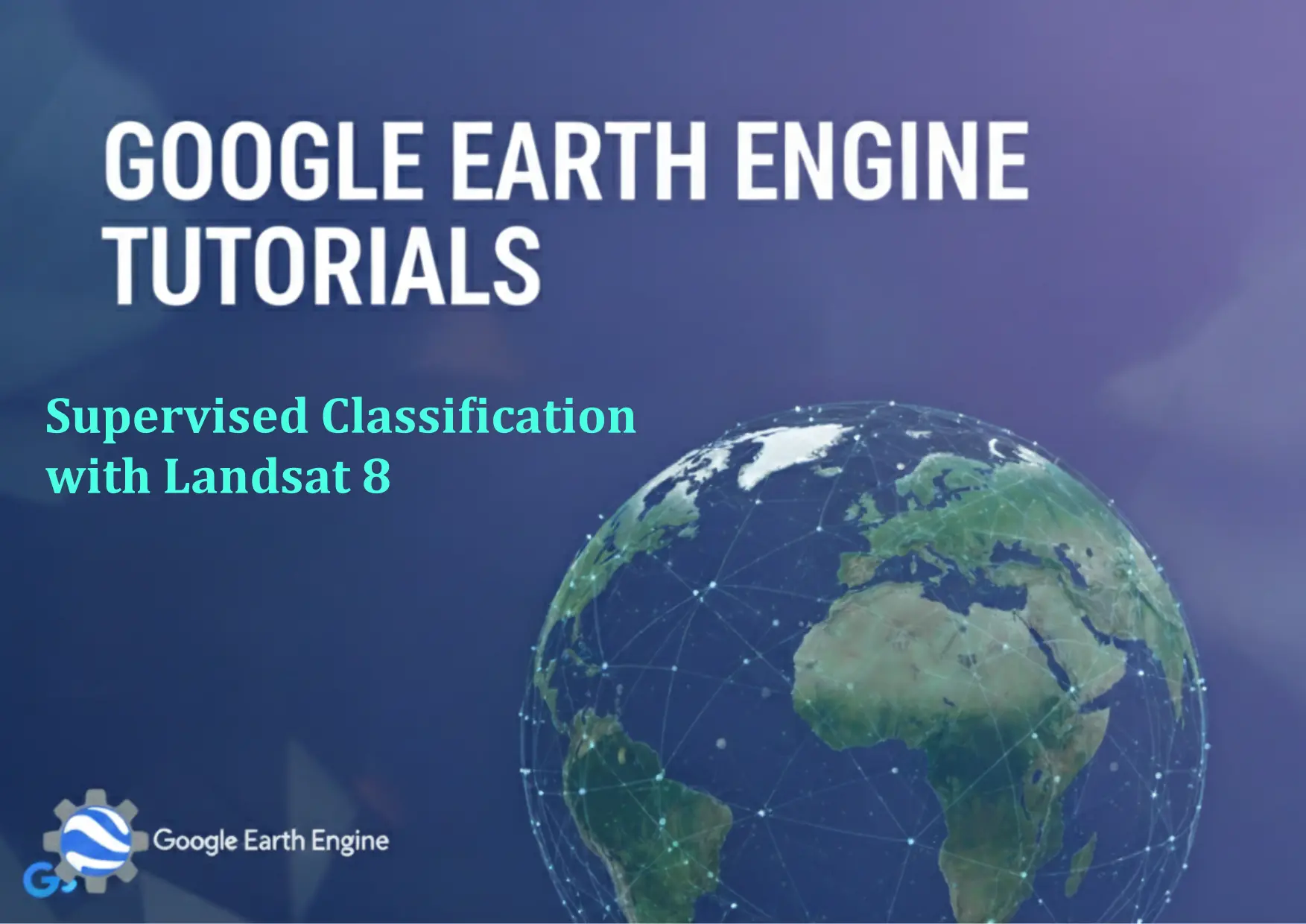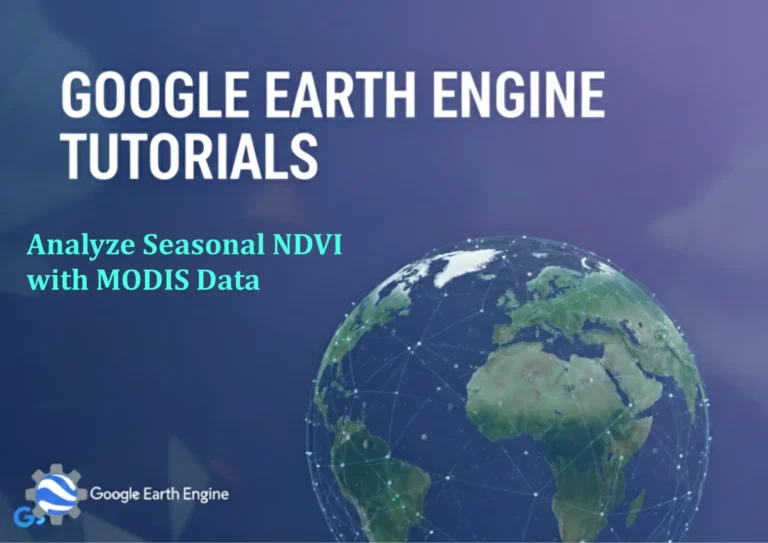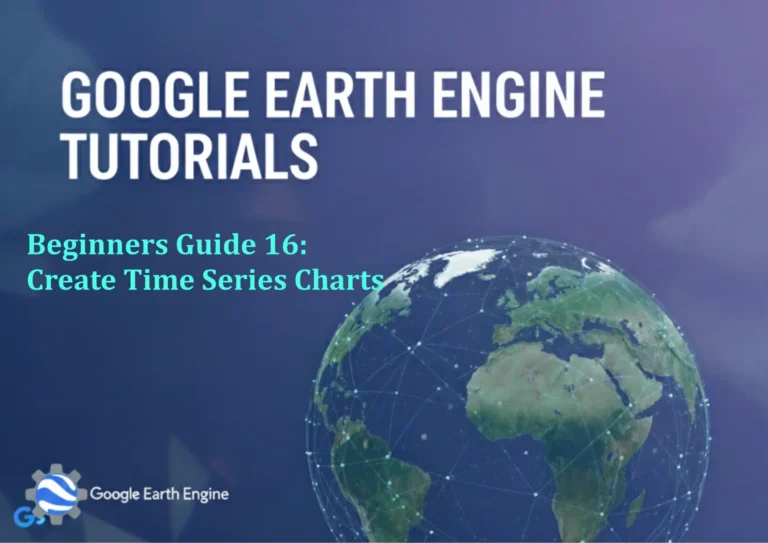Google Earth Engine Tutorial: Supervised Classification with Landsat 8
Credit: Youtube Channel “Terra Spatial, Complete tutorial on supervised classification techniques using Landsat 8 satellite imagery.”
You can see all the tutorials from here: Techgeo Academy.
Introduction to Supervised Classification
Supervised classification in Google Earth Engine (GEE) involves training a model using labeled training data to categorize land cover features. Landsat 8 provides high-resolution multispectral imagery ideal for this task, with bands like Surface Reflectance (SR) to capture detailed spectral information. This tutorial guides you through the process of building a classifier using Landsat 8 data and GEE’s tools.
Step 1: Load and Preprocess Landsat 8 Data
To begin, load Landsat 8 Surface Reflectance data and apply preprocessing steps:
// Load Landsat 8 data
var landsat = ee.ImageCollection("LANDSAT/LC08/C02/T1_L2")
.filterDate('2020-01-01', '2020-12-31')
.filter(ee.Filter.eq('WRS_PATH', 139))
.filter(ee.Filter.eq('WRS_ROW', 37));
// Select relevant bands
var image = landsat.select(['SR_B1', 'SR_B2', 'SR_B3', 'SR_B4', 'SR_B5', 'SR_B6', 'SR_B7', 'SR_B10', 'SR_B11']);
// Create a median composite
var medianImage = image.median();
// Clip to a region of interest (ROI)
var roi = ee.Geometry.Rectangle([11.76, 40.86, 12.04, 40.99]);
var clipped = medianImage.clip(roi);
Step 2: Create Training Data
Use ground-truth data from an existing dataset (e.g., the Global Land Cover dataset) to generate training points:
// Load land cover training data
var landCover = ee.Image('COPERNICUS/GLC30');
// Define training region and properties
var training = landCover.select('Map').sample({
region: roi,
scale: 30,
numPixels: 5000
});
// Create a training dataset with the selected bands
var trainingData = training.select(['SR_B1', 'SR_B2', 'SR_B3', 'SR_B4', 'SR_B5', 'SR_B6', 'SR_B7', 'SR_B10', 'SR_B11', 'Map']);
Step 3: Train the Classifier
Choose a classifier (e.g., Random Forest) and train it using the training data:
// Define and train the classifier
var classifier = ee.Classifier.smileRandomForest(10).train({
features: trainingData,
classProperty: 'Map',
inputProperties: ['SR_B1', 'SR_B2', 'SR_B3', 'SR_B4', 'SR_B5', 'SR_B6', 'SR_B7', 'SR_B10', 'SR_B11']
});
Step 4: Classify the Image
Apply the trained classifier to the image and visualize the results:
// Classify the clipped image
var classified = clipped.classify(classifier);
// Add the classification to the map
Map.addLayer(classified, {min: 0, max: 11, palette: ['red', 'green', 'blue']}, 'Land Cover Classification');
Step 5: Evaluate the Classification
Use a confusion matrix to assess the classifier’s accuracy:
// Generate and print the confusion matrix
var test = trainingData.randomColumn();
var split = 0.7;
var trainingSet = test.filter(ee.Filter.lt('random', split));
var validationSet = test.filter(ee.Filter.gte('random', split));
var validation = validationSet.classify(classifier);
var confusionMatrix = validation.errorMatrix('Map', 'classification');
print('Confusion Matrix:', confusionMatrix);
print('Overall Accuracy:', confusionMatrix.accuracy());
FAQ
What is supervised classification in GEE?
Supervised classification uses labeled training data to teach a model to classify land cover features. The user provides sample data with known classes, and the model learns patterns to apply to new imagery.
Which classifier should I use for Landsat 8?
Common choices include Random Forest (smileRandomForest), Logistic Regression (ee.Classifier.logisticRegression), and Tree-based methods (smileDecisionTree). Random Forest is popular for its accuracy and robustness to noise.
How to handle cloud coverage in Landsat 8 data?
Use the SR_BQA (Surface Reflectance Quality Assessment) band to mask clouds. Add a mask using `image.select(‘SR_BQA’).bitwiseAnd(1 << 4)` to exclude cloud pixels.
Can I use other sensors besides Landsat 8?
Yes! GEE supports other datasets like Sentinel-2 or MODIS. Ensure preprocessing aligns with their spectral characteristics and resolution.
How to improve classification accuracy?
Collect more training samples, use additional spectral indices (e.g., NDVI), and apply cross-validation. Also, refine the classifier’s parameters for better performance.
Where can I find training data for my region?
Use public datasets like the COPERNICUS/GLC30 land cover map, or digitize custom training areas using the GEE code editor’s geometry tools.





